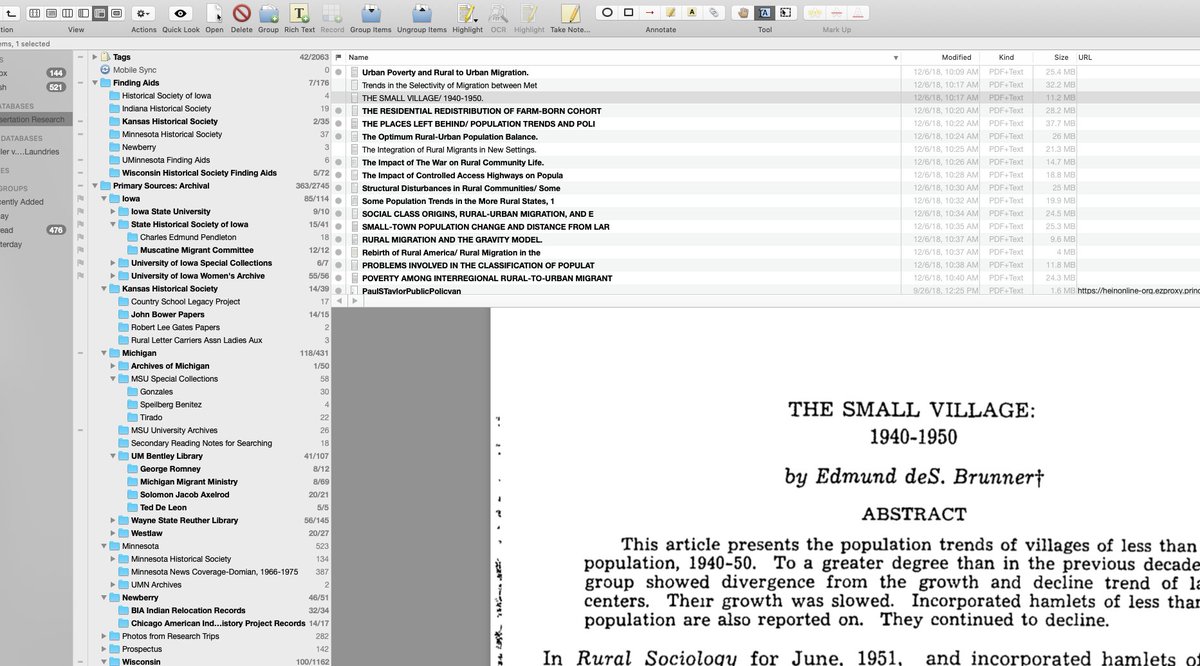
Lots of people prefer to have the extension stripped out so it's a case of personal taste.ĭestination is a little more involved. I like to see the extension as part of the name so I can see at a glance exactly what file type I'm looking at. The areas that are more susceptible to a change in setting are for Titles and Destination. I'm rarely going to need to import Quick Time Movies or AppleScripts, however there is no harm for me in leaving them checked should the need arise. You can see that you can specify a range of file types that are able to be imported. I keep all manner of documents pertaining to this client within that folder, and the fact that it is a Dropbox folder means I can make changes on the move on any device.In order to indexthis folder in DEVONthink to allow it to be referenced in search results, I select File then Index (or click ⌥⌘X) I have a folder in Dropbox called Client A. An example of one of my indexed workflows is as follows: Quite often you will find it hard to export something from Evernote once you've imported.
DEVONTHINK PRO 3 PRO
That is an important distinction to make when you try to compare DEVONthink Pro Office with Evernote. Quite often I will find myself right-clicking a file, selecting Show In Finder so I can see exactly where a given file is located and then moving it out of DEVONthink into a new location. They are files that you can still drag/drop anywhere you like. Remember, your files don't become entities in some SQL-style database. Getting data out of DEVONthink is simple. You can even format the output with Instapaper to give that gorgeous look to your documents that Instapaper brings. When you find a site whose content you wish to store in a database, click the Safari extension (there is a Chrome one too) and you can select the group you would like to save to, change the reference name, make Notes/Tags and select the Format you would like to save to. I tend to place documents into a Dropbox folder when I'm roaming and let Hazel send that document to my Global Inbox.Ĥ) Web Clipper Extension - DEVONthink To Go may be a chore but the Web Clipper extension for Safari is great and I use this a lot for gathering web content and saving to DEVONthink. I have to admit, it's not as reliable as I need from a mobile solution (especially one that is so key to my business) so I don't use this as often as I would like.
DEVONTHINK PRO 3 INSTALL
I don't have to think about it until I process my Global Inbox and move them to the relevant project database.Ģ) ScanSnap Manager - DEVONthink has superb ScanSnap support and I use my Fujitsu ScanSnap to scan documents and send directly into DEVONthink (or to one of my Hazel controlled folders for rule processing if I know it's a common statement, invoice etc)ģ) DEVONthink To Go - This will be covered in a later post, however if you install DEVONthink To Go, then you can clip content in there on your iOS devices. The rules will process, tag and rename my files and then move them from their original location to the Global Inbox in DEVONthink.

Personally, I import documents in the following ways:ġ) Hazel - I have various folders that have Hazel rules applied to them. This is really handy, especially when you are using your device in Split Screen mode. You can also drag and drop files directly into DEVONthink groups from the desktop or Finder. You can select File then Import and make your selection from the Finder window that appears.


Documents can either be imported or indexed. Imported files are copied directly into the DEVONthink database itself, whereas indexed files are stored externally to the database. There are two distinct ways that DEVONthink can reference files. It's all well and good knowing what DEVONthink is for, yet how do we get data in there in the first place? Import or Index?įirstly, it's important to understand how files are referenced. In this post I'm going to discuss one of the most important factors when it comes to DEVONthink Pro Office and that is Importing Data.


 0 kommentar(er)
0 kommentar(er)
